Nivag Swerdna
Veteran Member
I haven't tested anything yet... it was an acknowledgement that I need to. :DWhen you say "XTAL OK"
| VCF West | Aug 01 - 02 2025, | CHM, Mountain View, CA |
| VCF Midwest | Sep 13 - 14 2025, | Schaumburg, IL |
| VCF Montreal | Jan 24 - 25, 2026, | RMC Saint Jean, Montreal, Canada |
| VCF SoCal | Feb 14 - 15, 2026, | Hotel Fera, Orange CA |
| VCF Southwest | May 29 - 31, 2026, | Westin Dallas Fort Worth Airport |
| VCF Southeast | June, 2026 | Atlanta, GA |
I haven't tested anything yet... it was an acknowledgement that I need to. :DWhen you say "XTAL OK"
Yeap... it doesn't boot to a cursor but a soft reset will reset it to the cursor state and workable with the VIA removed. I also tried the original VIA and it doesn't boot with that either (I had assumed it was a defective VIA... maybe not).Did you remove the replacement VIA to see if you returned to a ‘working’ machine once again?



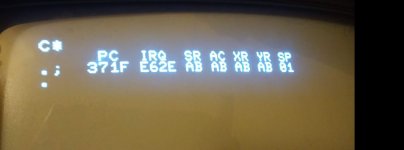
I did try freeze spray before, particularly on the 75154 and 6x 74LS244s but could not see any change in signals or behaviour. I don't have the chassis and monitor accessible when it is on the bench so I am working blind there though so cannot see the whole boot (or non-boot) sequence.Do what Dwight says first (hair dryer to heat and buy a can of freezer spray to cool).
From memory, it is flatline low and independent of nRESET.But flatlined high or flatlined low?
Where is the flatlining in relation to the RESET signal?
With no PIAs and no VIA it just pulls up High. This is with PIA#1 and VIA#1 fitted... I'm trying to work out why adding a VIA stops anything working... which it does for Basic 1 and 2 and makes Basic 4 go on a slow version.It should never flatline LOW if the PIA and VIA devices are removed. Remove them and prove this.
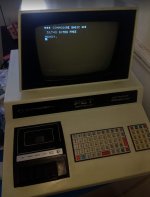
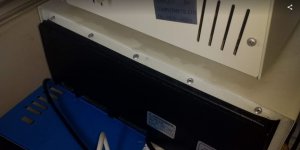
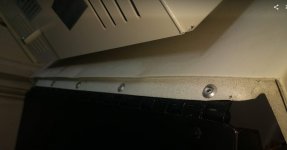
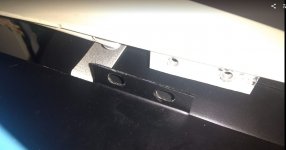
Yeap the hinge appears good. I guess I will have to try and get physical with it at some stage.Does the hinge work freely? If so, it may recover by applying force in the right places.
